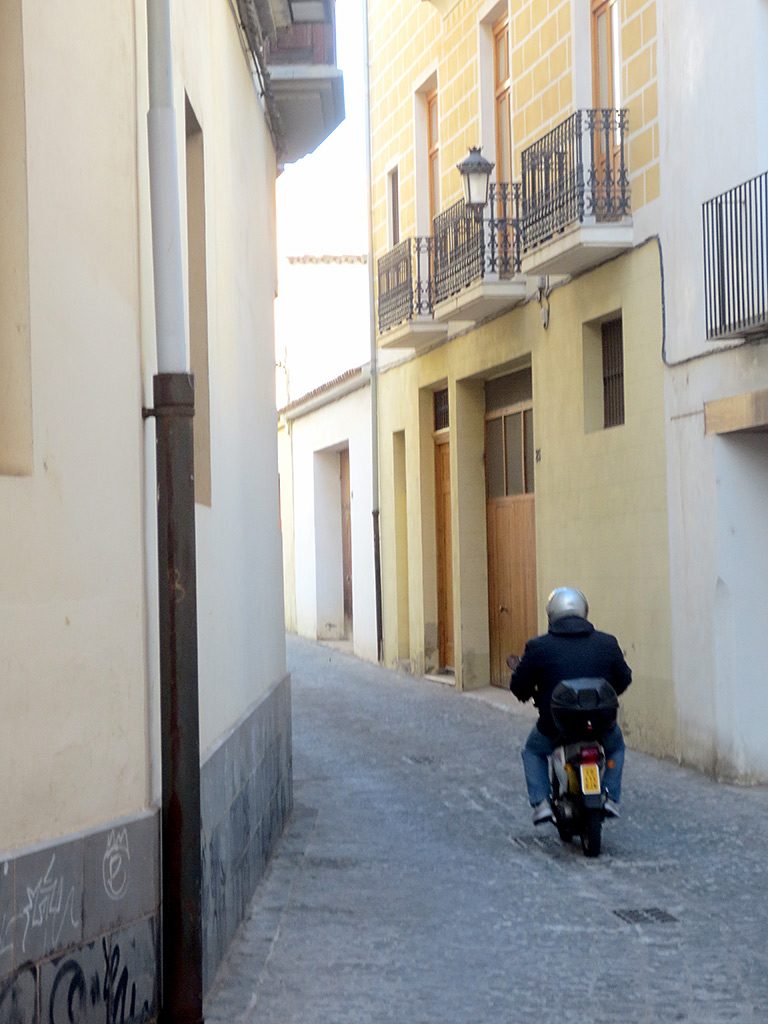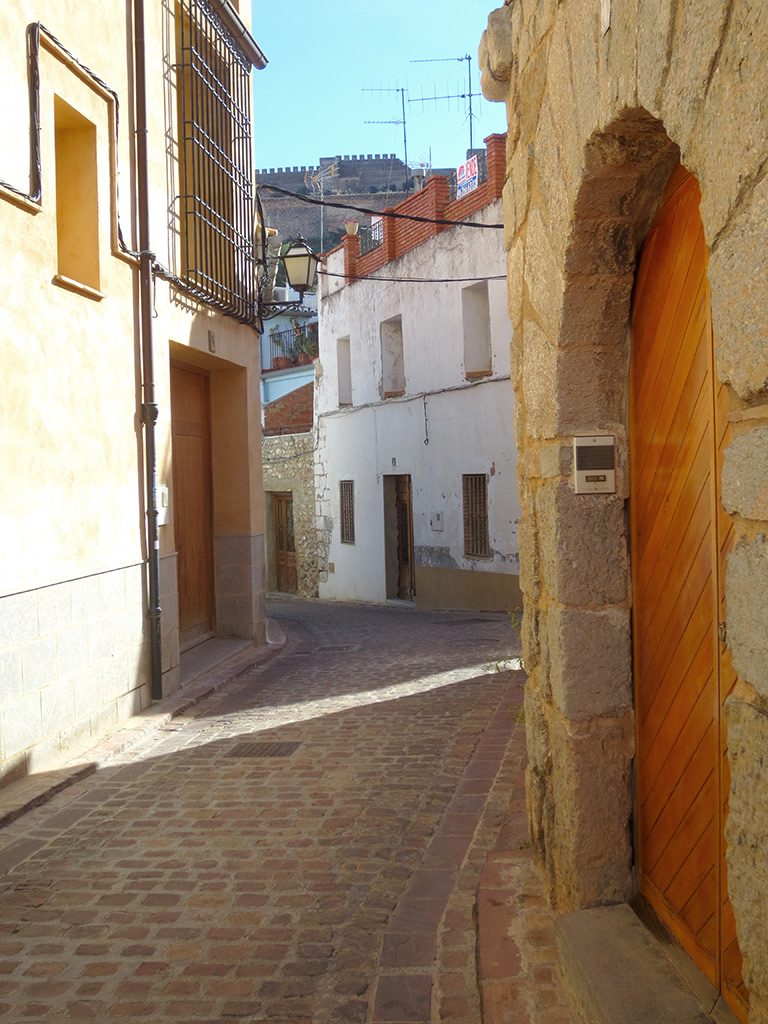
On Saturday we took a day trip to visit the town of Sagunto, located about 30 km north of Valencia. The town is known for its sprawling castle ruin, restored Roman theatre, and historic town centre.
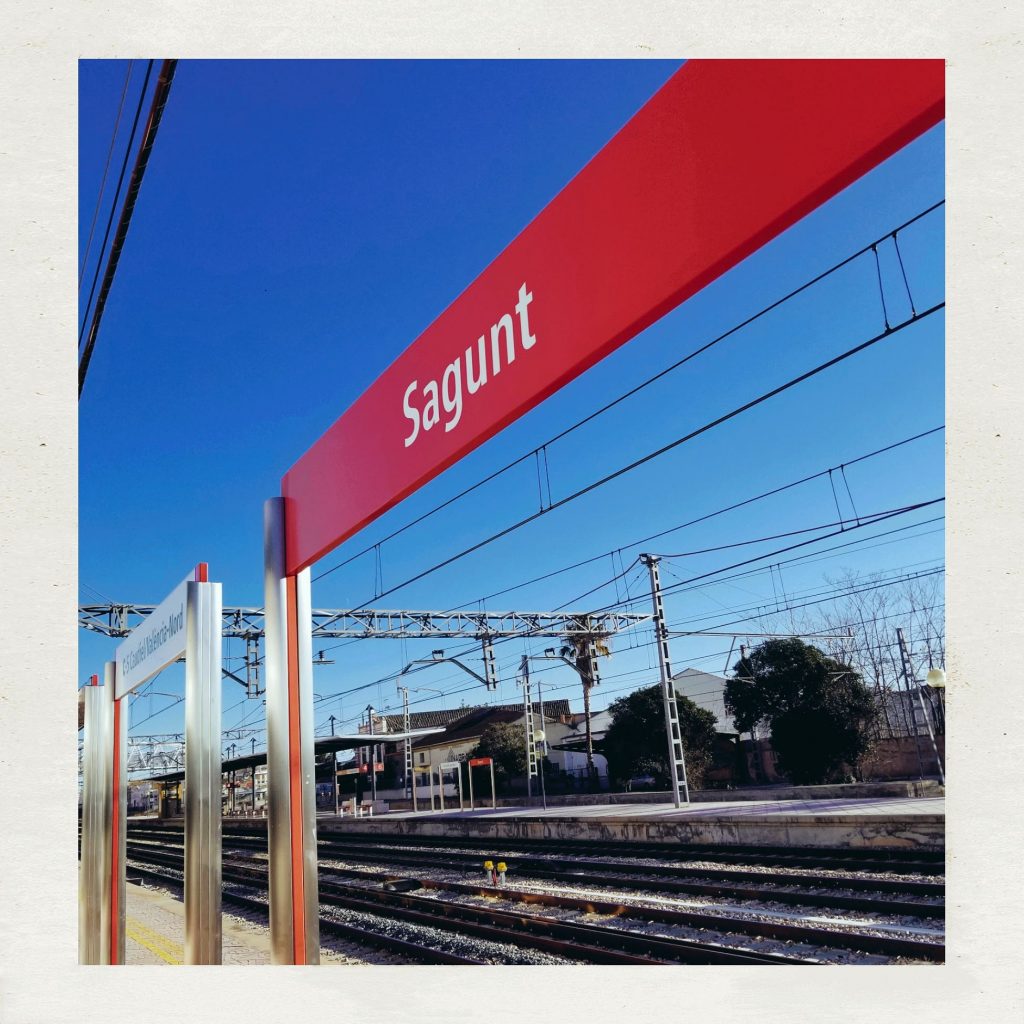
We traveled to Sagunto via the local commuter trains, which depart from Estació del Nord, about a 10-minute walk from our apartment in Valencia. The journey took 30 minutes and cost €15 (about $23 CAD) for both of us, round-trip.
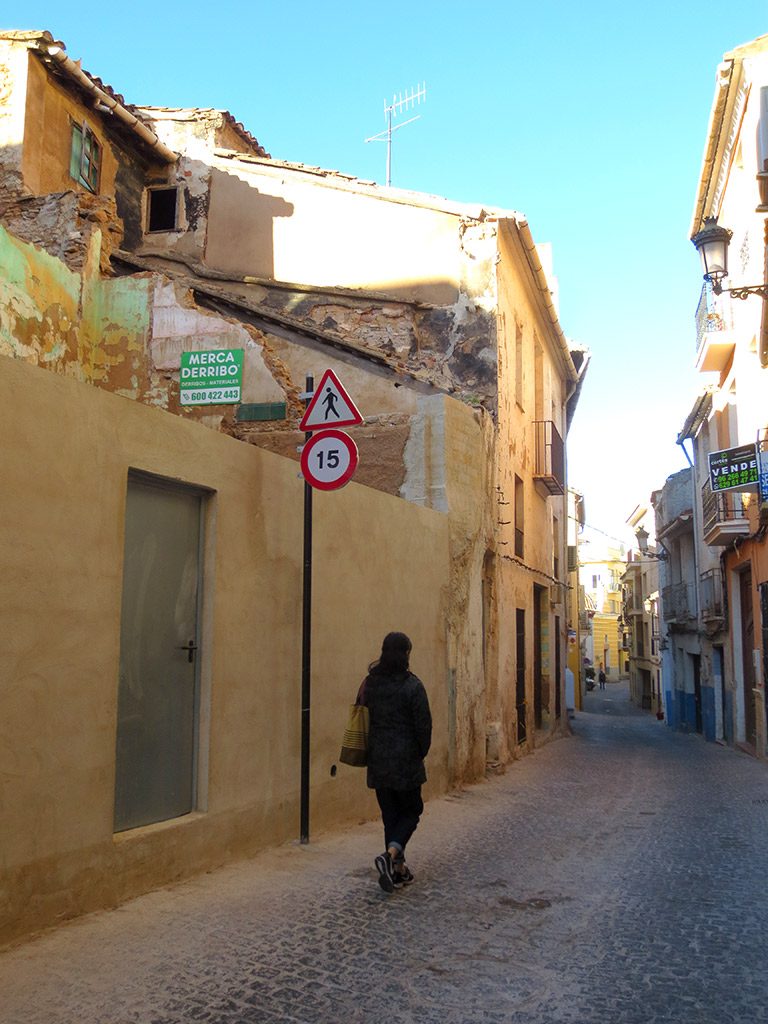
Once in Sagunto, it takes about 15 minutes to walk from the train station into the town’s central square. From there it’s another 20 minutes or so to walk up to the castle.
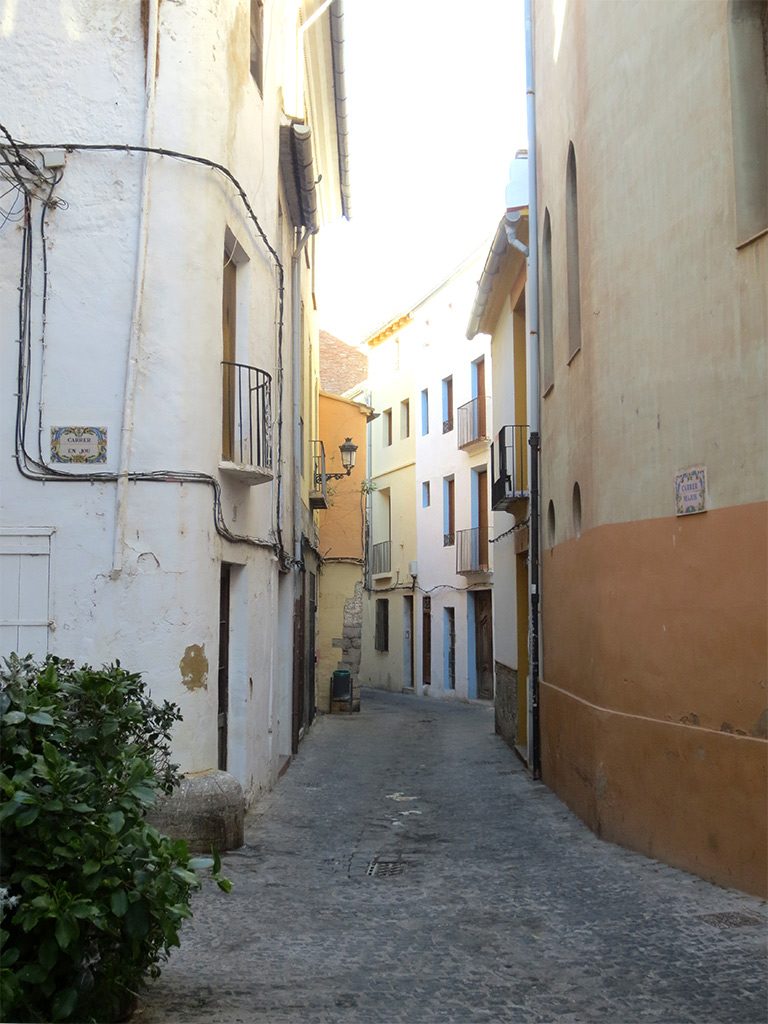
Most of the walk from the station took us along Calle Mayor, a narrow cobbled street lined with old leaning buildings. This part of the town was very quiet on a Saturday morning, so we were able to pause to take lots of photos.
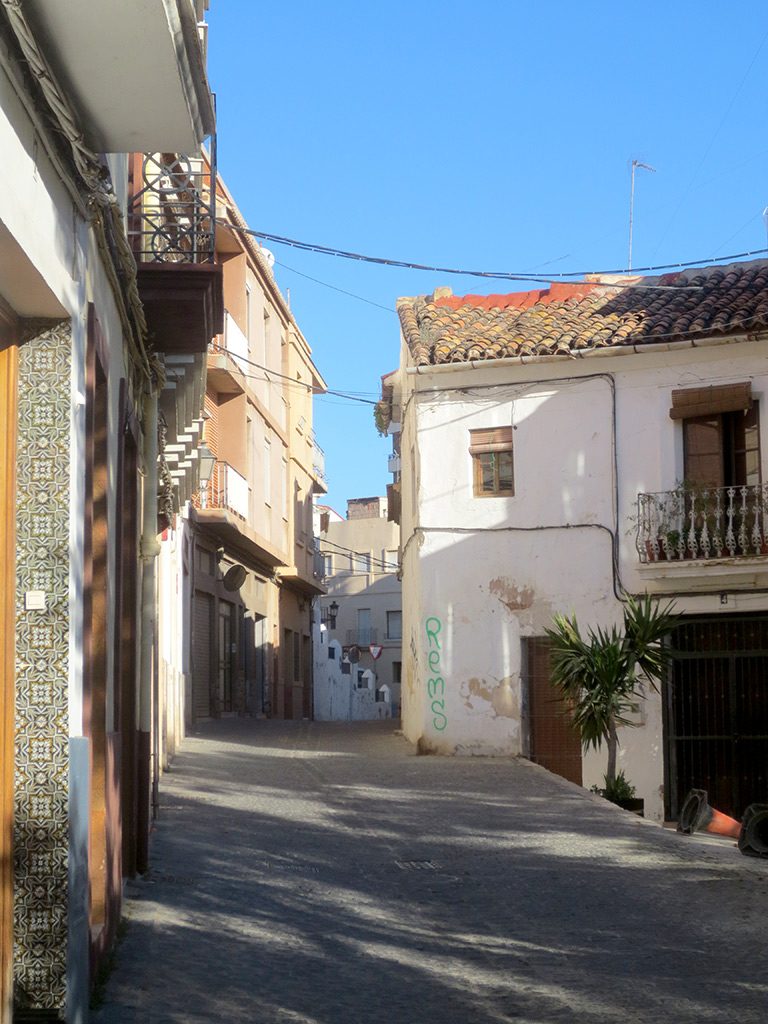
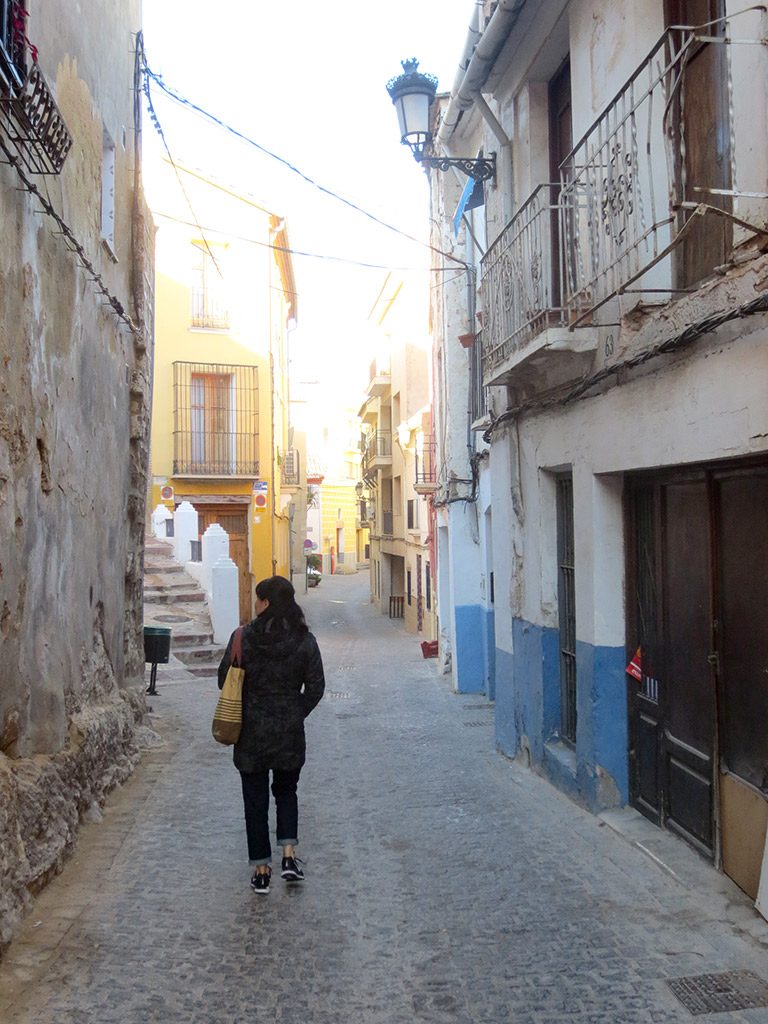
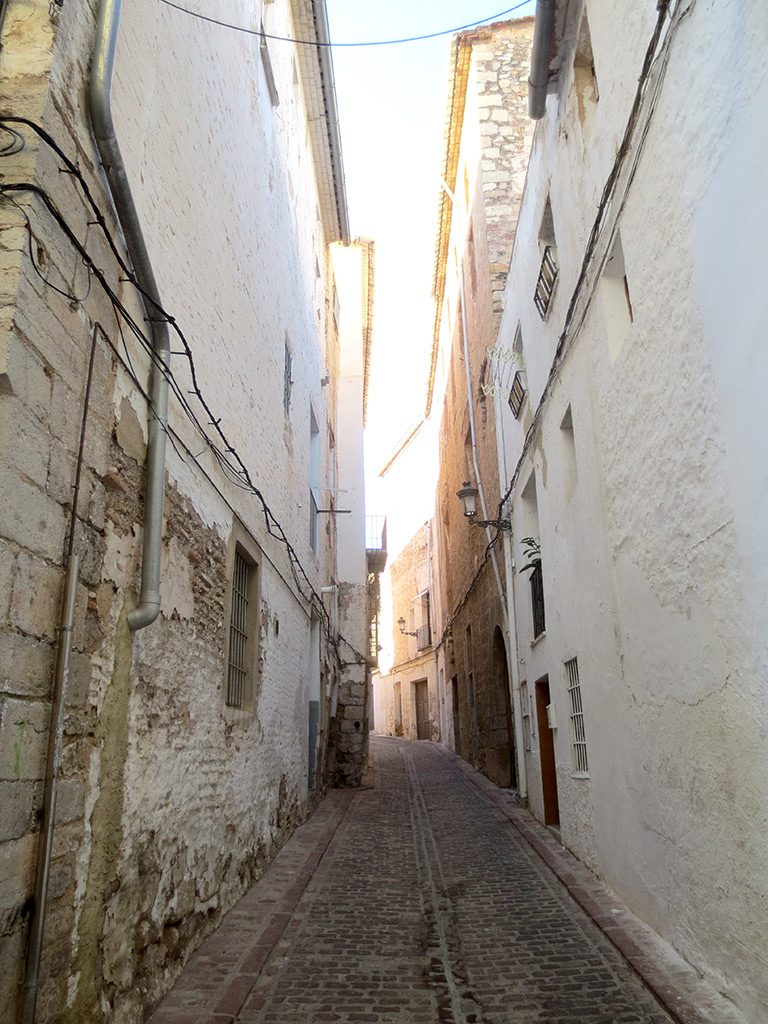
Around almost every curve there was a new scenic view.
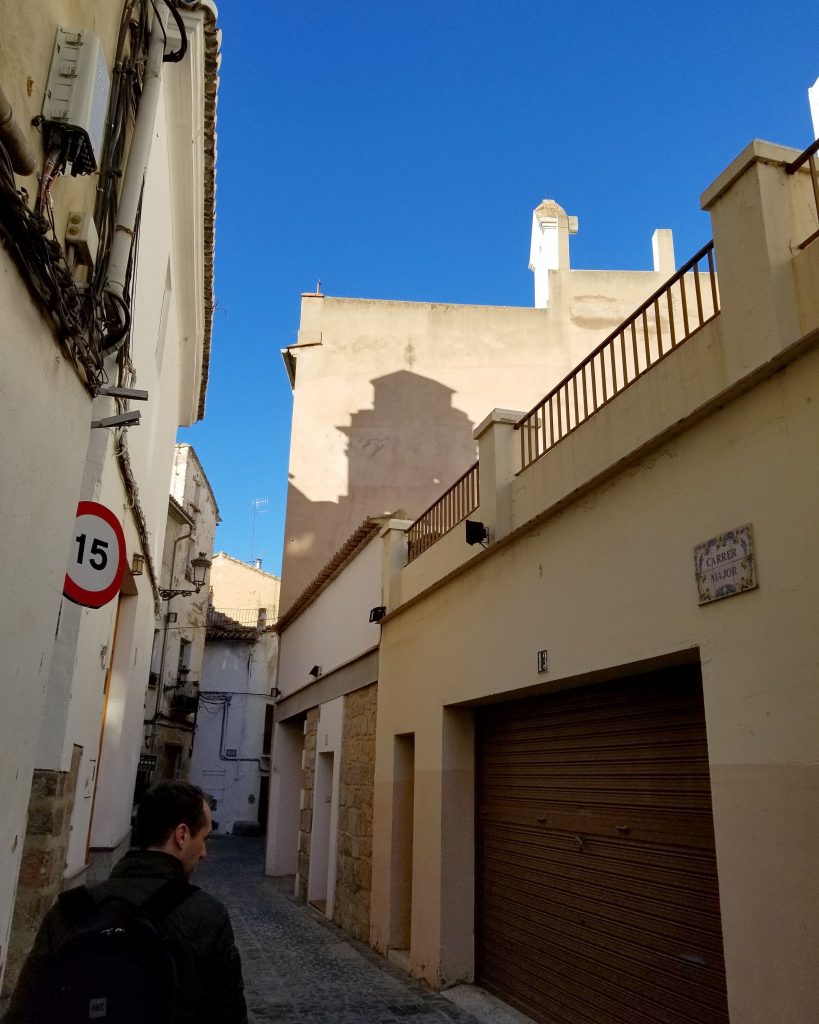
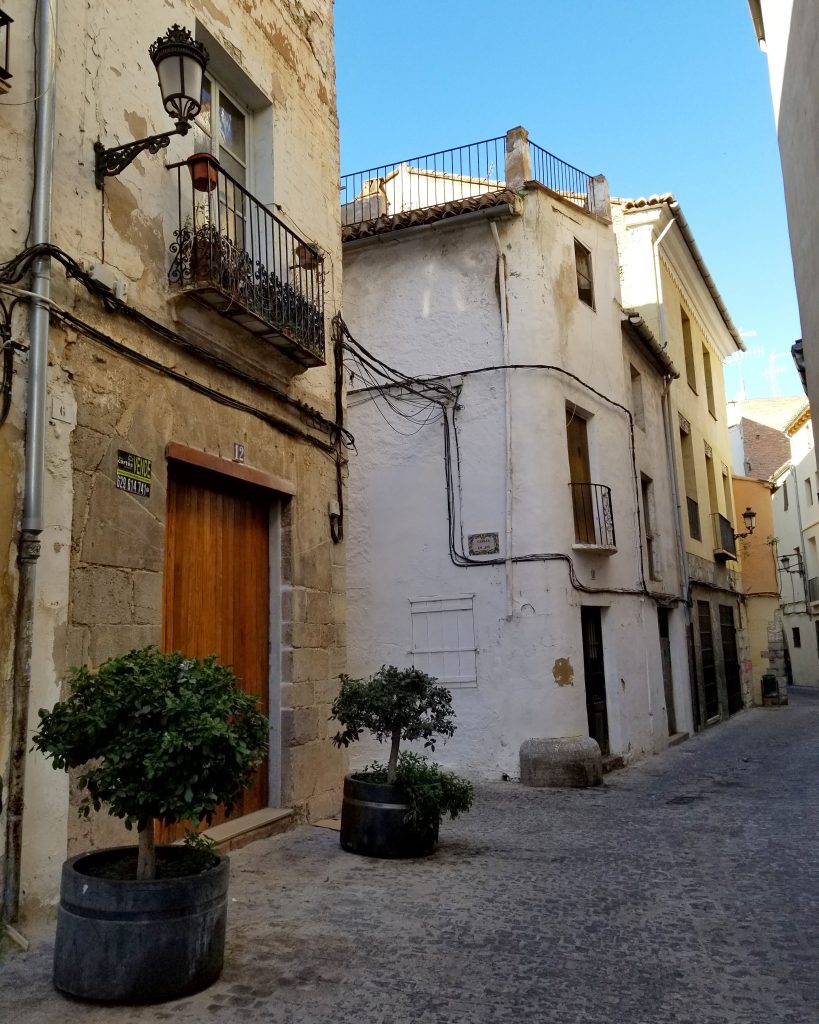
Only a few cars crawled past us during our walk — and this extremely loud scooter.
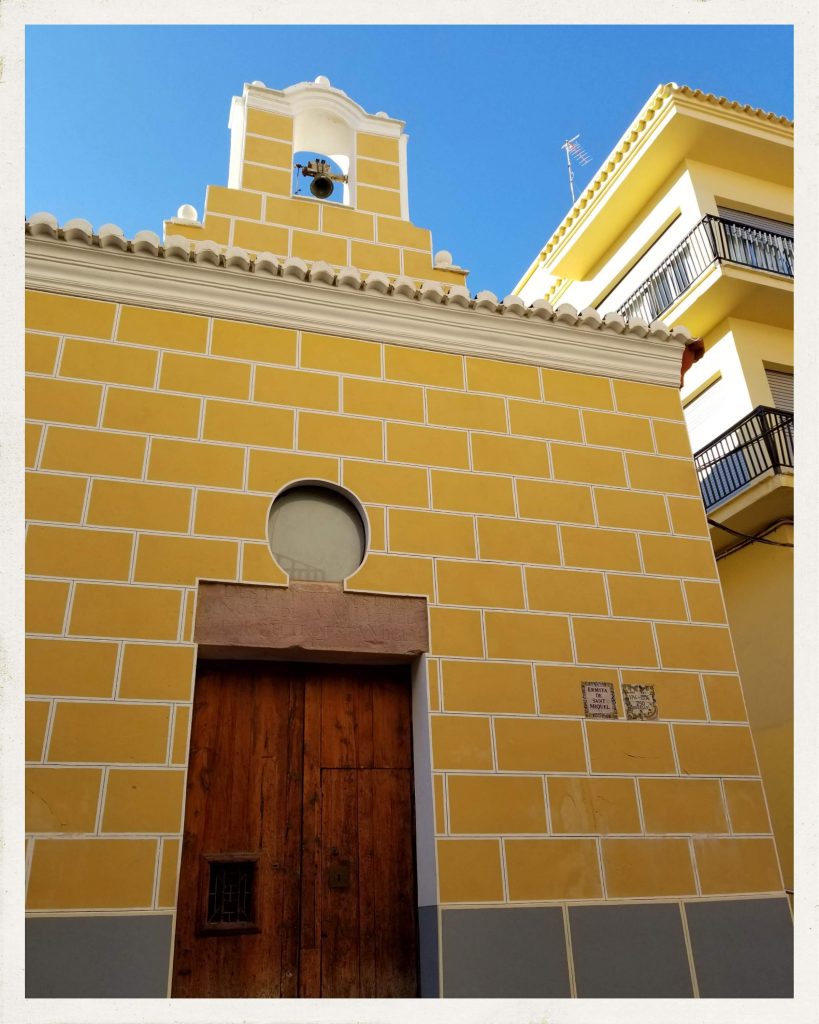
The little Ermita de Sant Miguel hermitage stood out with its bright yellow facade and stark architecture. It was constructed in 1746 and fully restored in 2012.
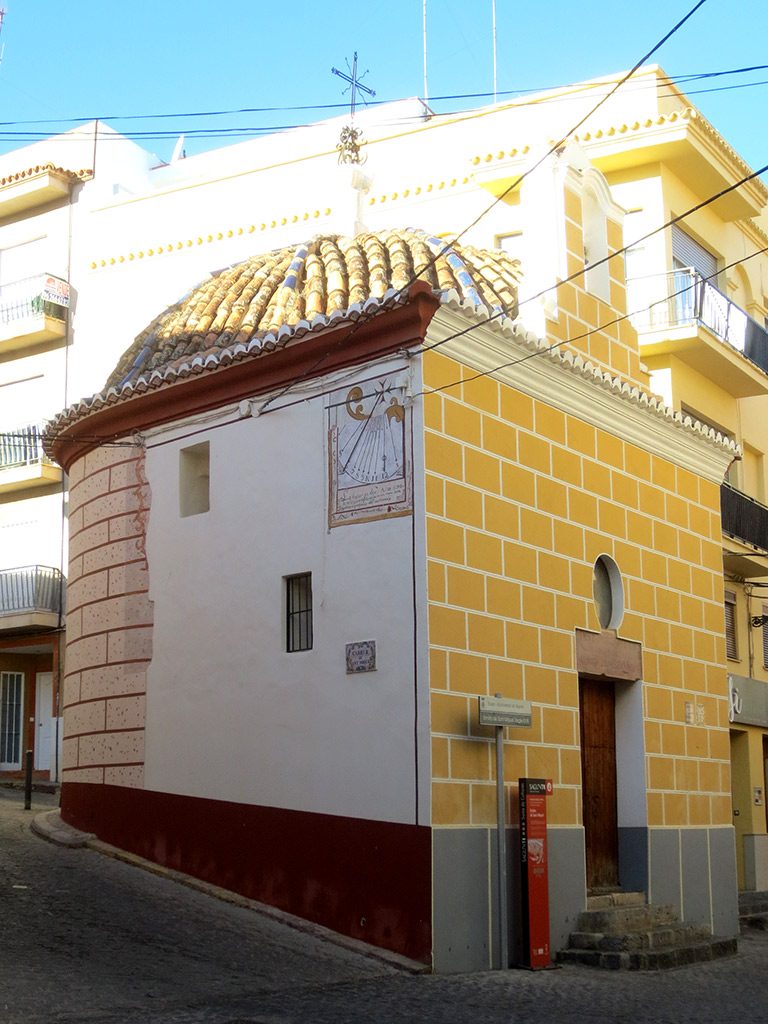
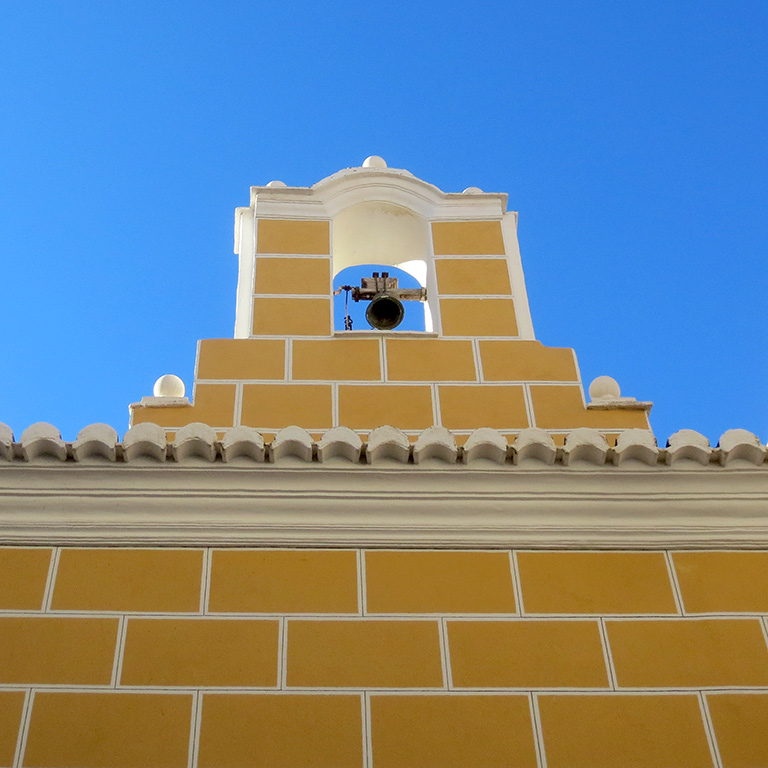
A plaque in the wall celebrates the hermitage’s 250th anniversary in 1996.
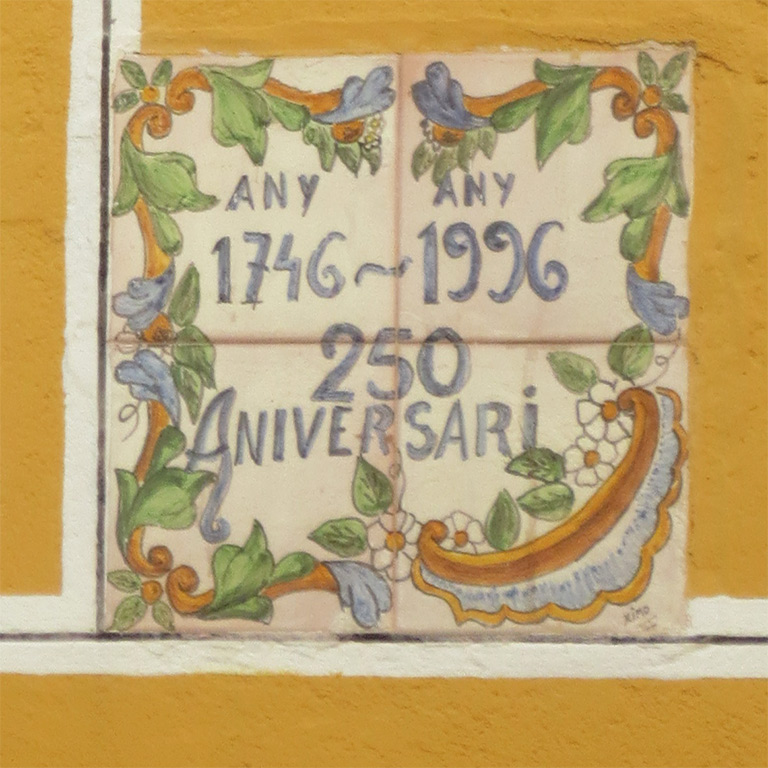
Another building of historical significance along the same road is the facade of the Palacio del Delme, which dates to the 13th Century. I have difficulty finding a good translation for the specific significance of this building beyond the fact that King Pedro (Peter) IV of Aragon was imprisoned there in the 1340’s, eventually escaping only when Valencia was ravaged by the Black Death in May of 1348.
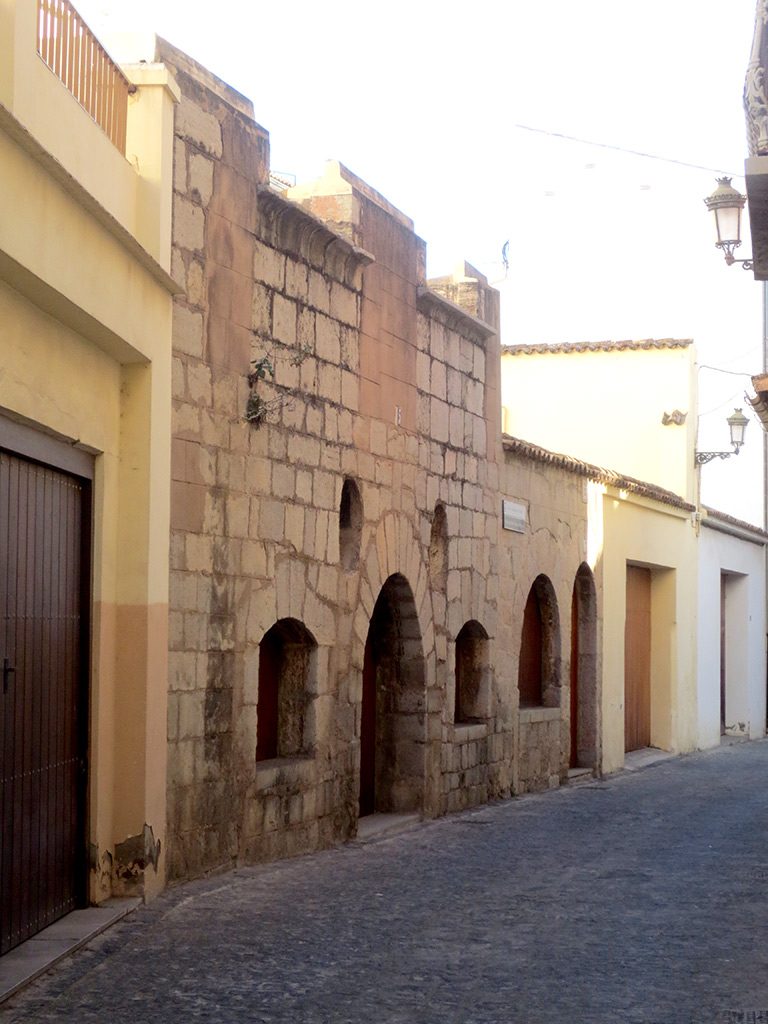
Having reached the end of Calle Mayor we found ourselves near Plaza Mayor, the heart of medieval Sagunto. Near there we paused for delicious croissants, coffee and tea at the very busy El Cantonet. Had we known many other restaurants in the town would be either closed or packed with reservations later in the day due to a festival we would have eaten more heartily here.
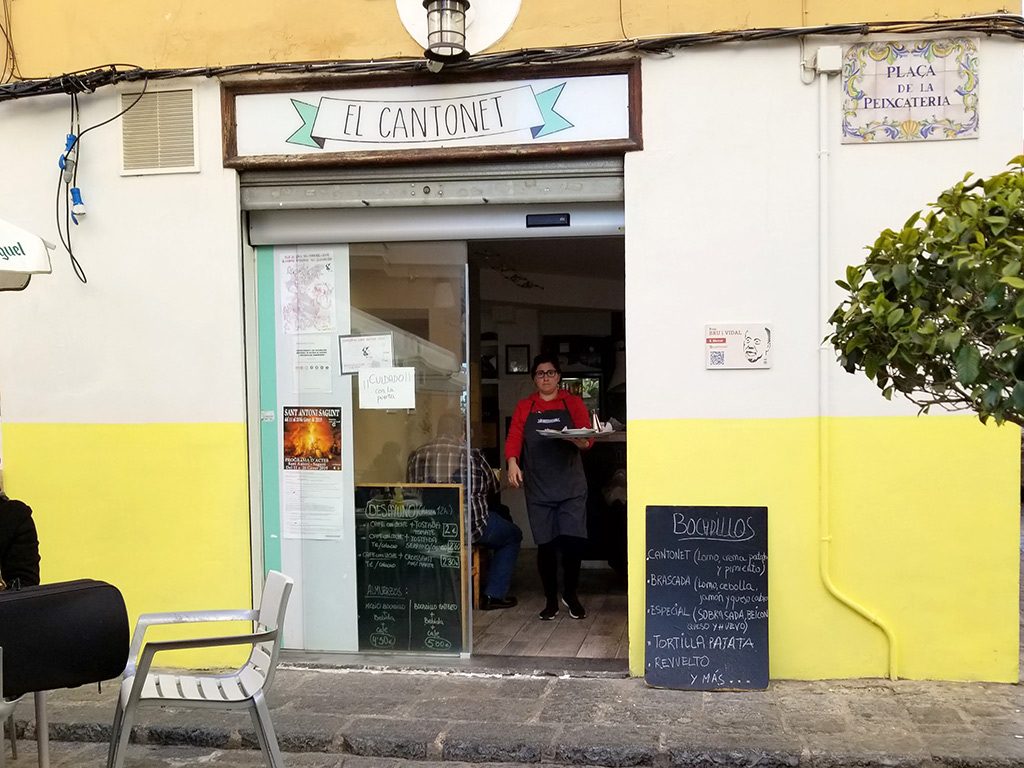
The plaza itself is small but attractive with arcaded passages along the sides. It is overlooked by the Iglesia de Santa María, built in stages between 1334 and 1730.
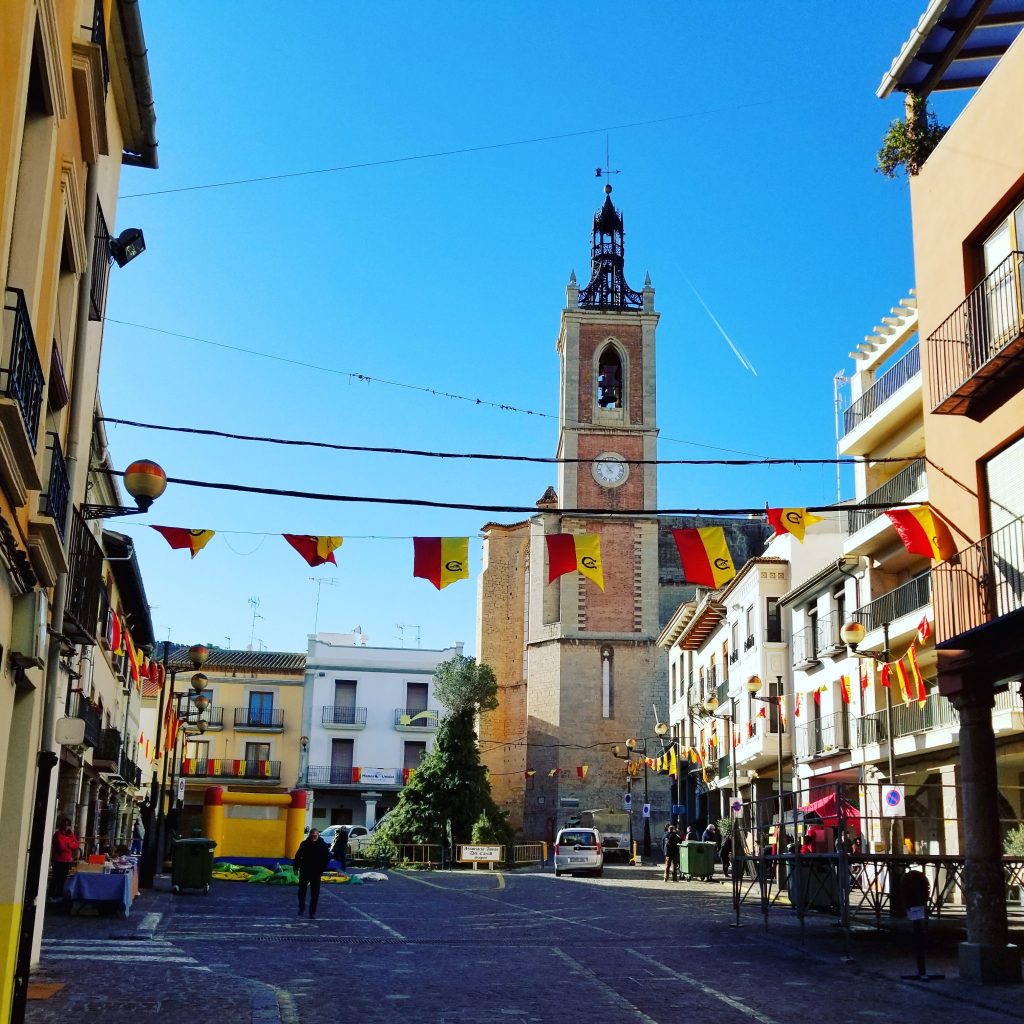
Passing the City Hall, we saw that the windows were draped with protest banners.
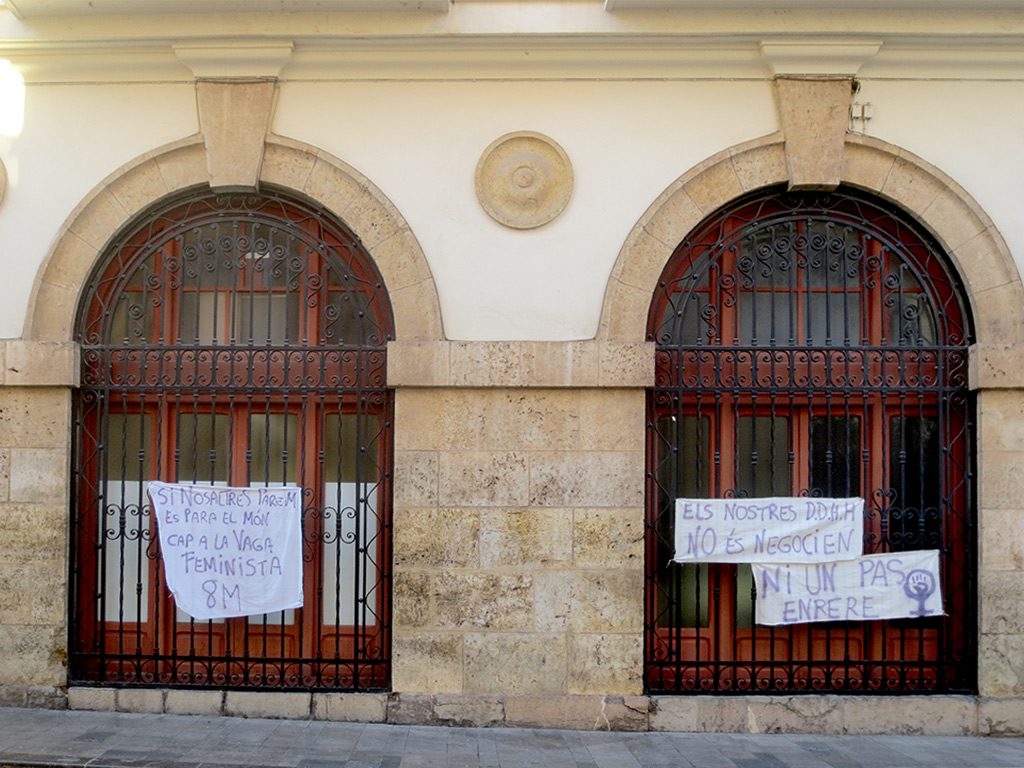
Roughly translated from Valencian/Catalan, these read:
“If we stop, it’s for the world towards the feminist strike 8M”
“Our human rights they are not negotiable”
“Not a step back”
8M refers to March 8, International Women’s Day. In 2018 five million women in Spain went on strike to protest domestic violence after several high-profile incidents made the news. The anniversary of this date is approaching and there is likely to be a repeat.
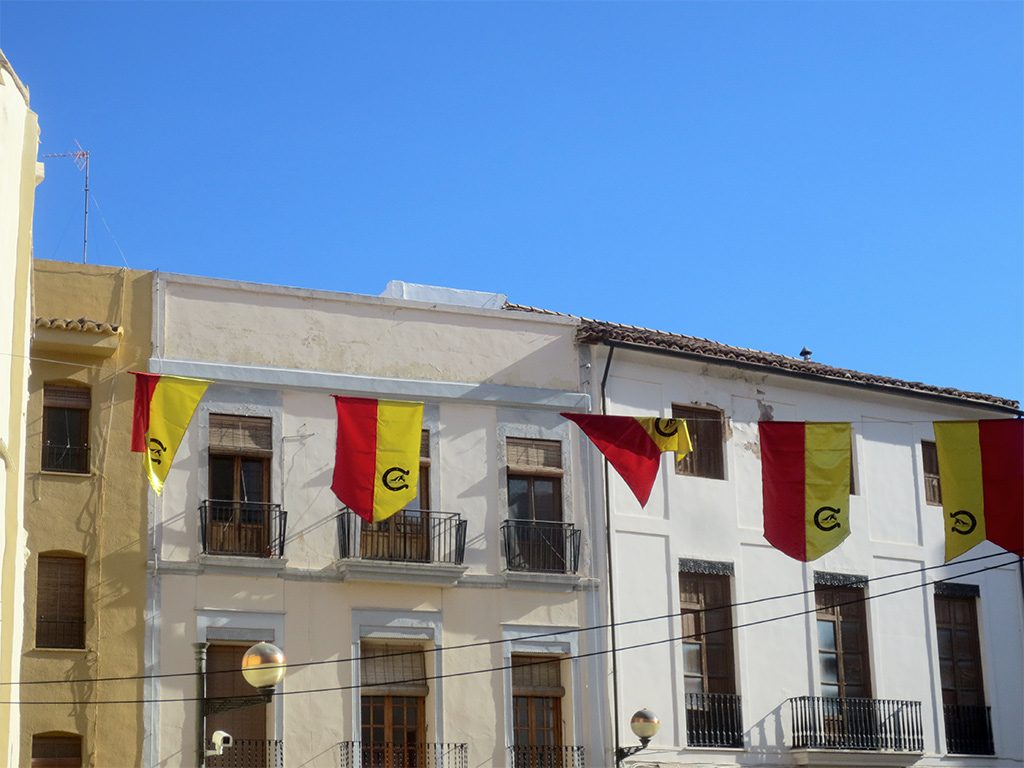
Back in Plaza Mayor we could see people setting up for a festival. This turned out to be the Sant Antoni (Saint Anthony) winter festival, celebrated on the last weekend of January each year. Highlights include the blessing of animals, the burning of enormous bonfires, and a bouncy castle for the kids.
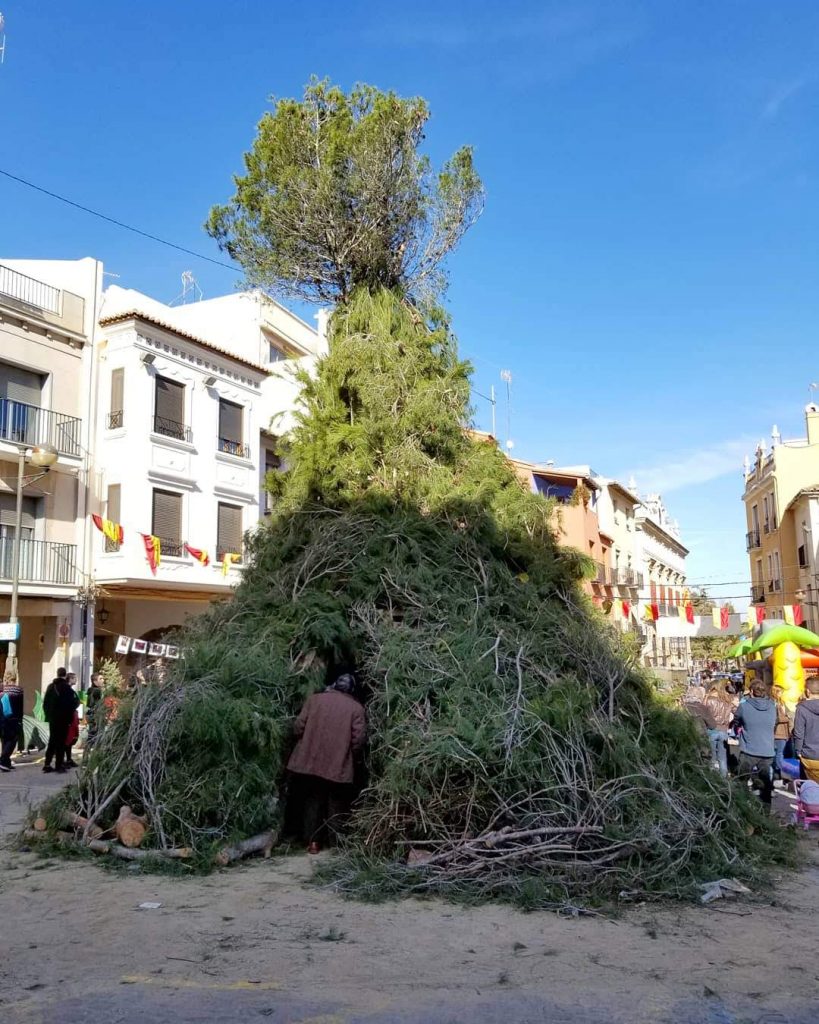
What I originally thought was a collapsing Christmas tree was in fact the base for the “burning of the bonfire, accompanied by the echo of the bells” scheduled for 7:30pm. We weren’t sticking around that long, but we did see some musicians playing traditional music, and we got to go inside the bonfire structure.
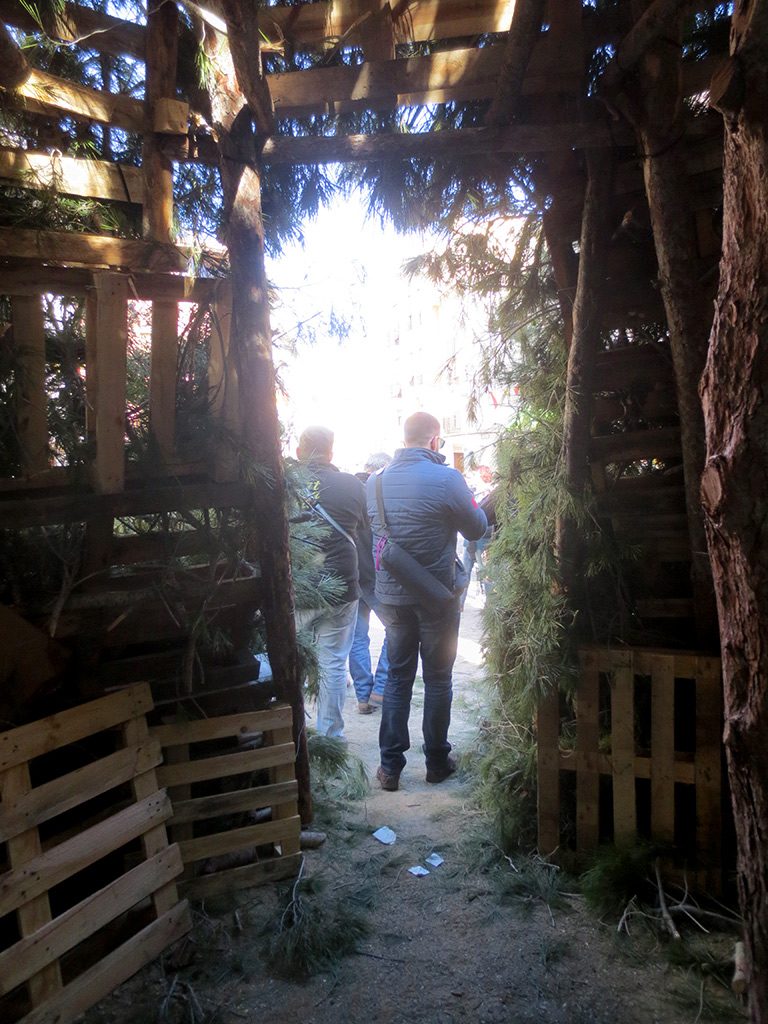
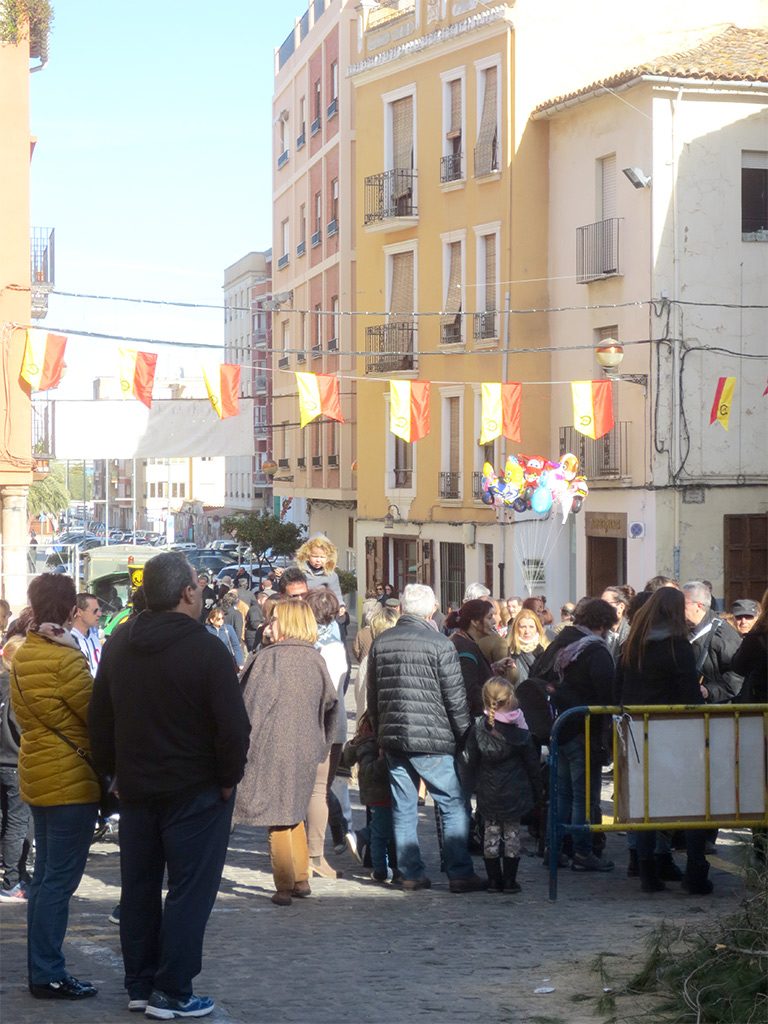
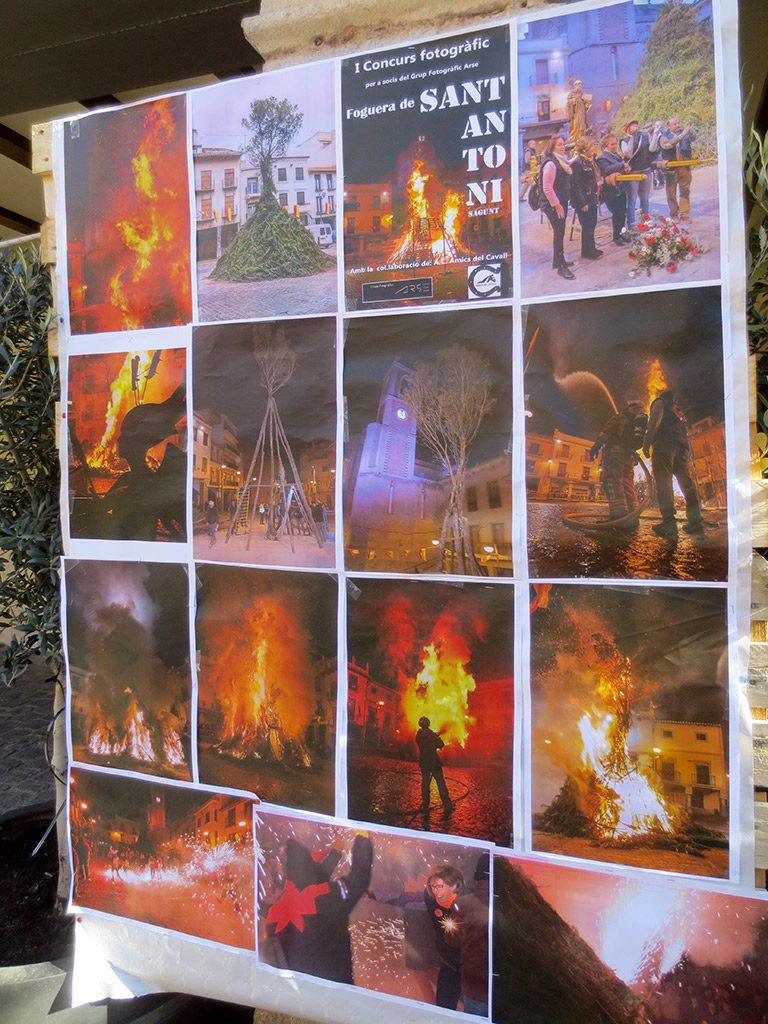
Starting up towards the Roman theater and castle, we passed by the Ermita de la Purísima Sangre, dating to the early 17th Century. Just inside the doors it seemed people were busily prepping numerous very shiny religious relics.
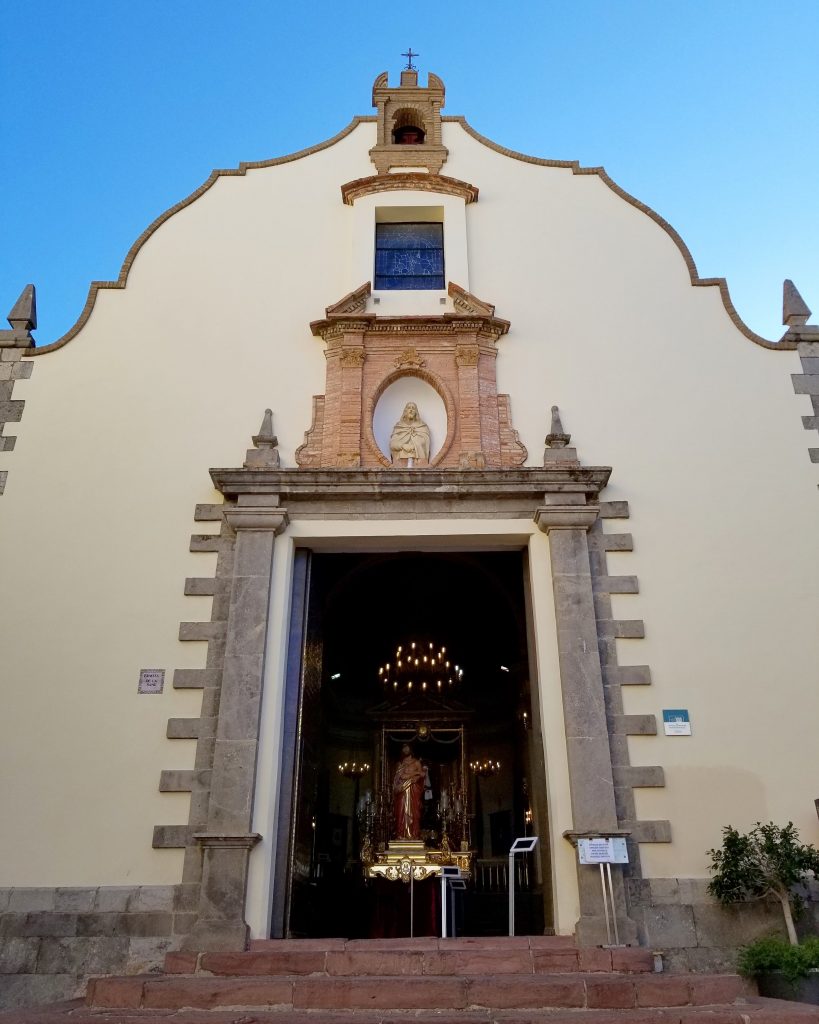
A little further on we passed the gate (puerta) to the Judería.
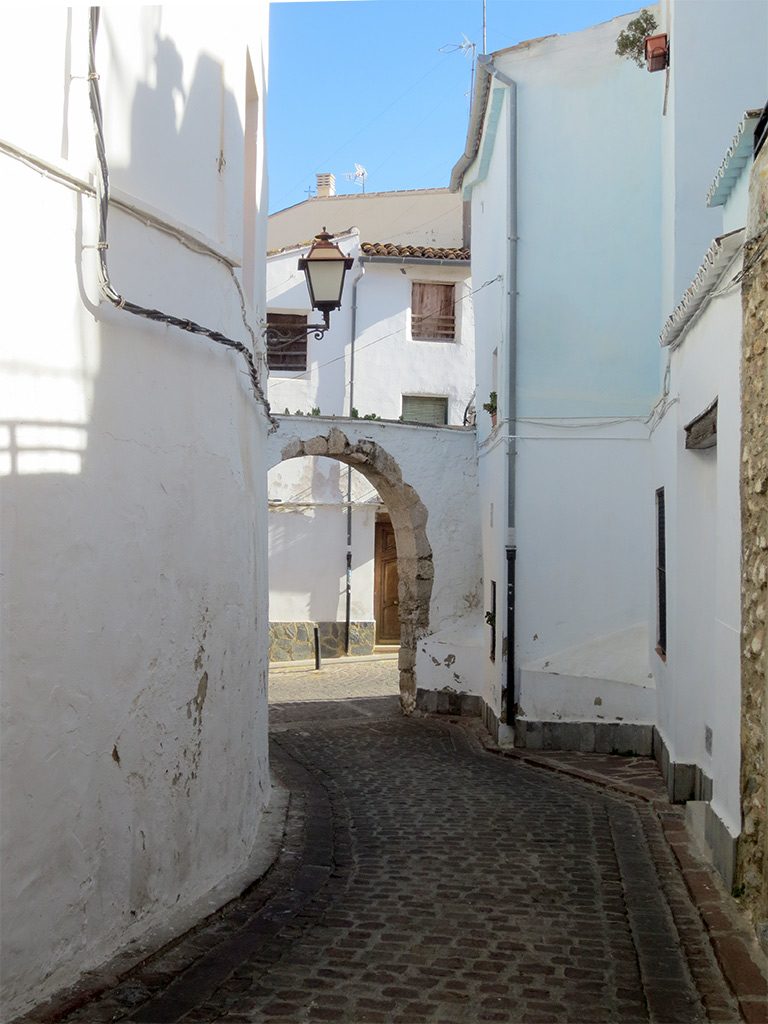
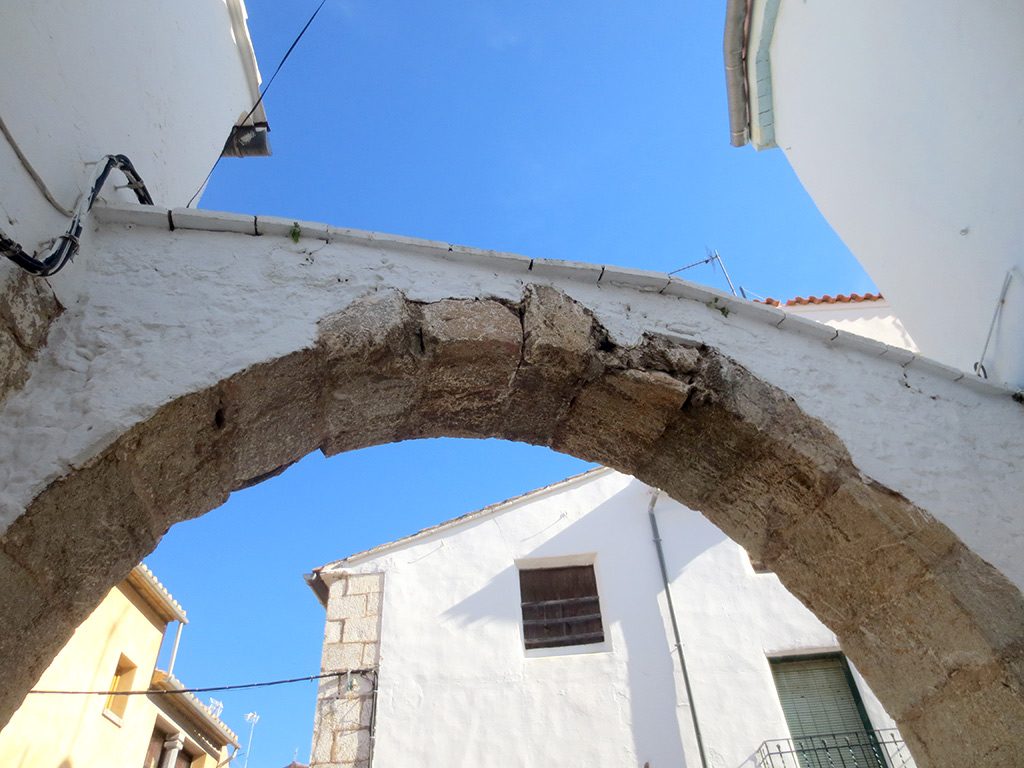
Accessed through the arch, the Judería is a small network of very picturesque narrow streets. There had been a Jewish population in Sagunto since ancient times, but by 1321 tensions with the rest of the population reached a point where gates were built around this Jewish neighbourhood for safety. In 1492 the Catholic monarchs expelled all Jews from Spain, and in Sagunto this meant that about 700 people set sail to North Africa or Italy, cutting the population of the city by a third. We’ve visited similar Juderías in Seville, Cordoba and Granada, all of which share the same story.

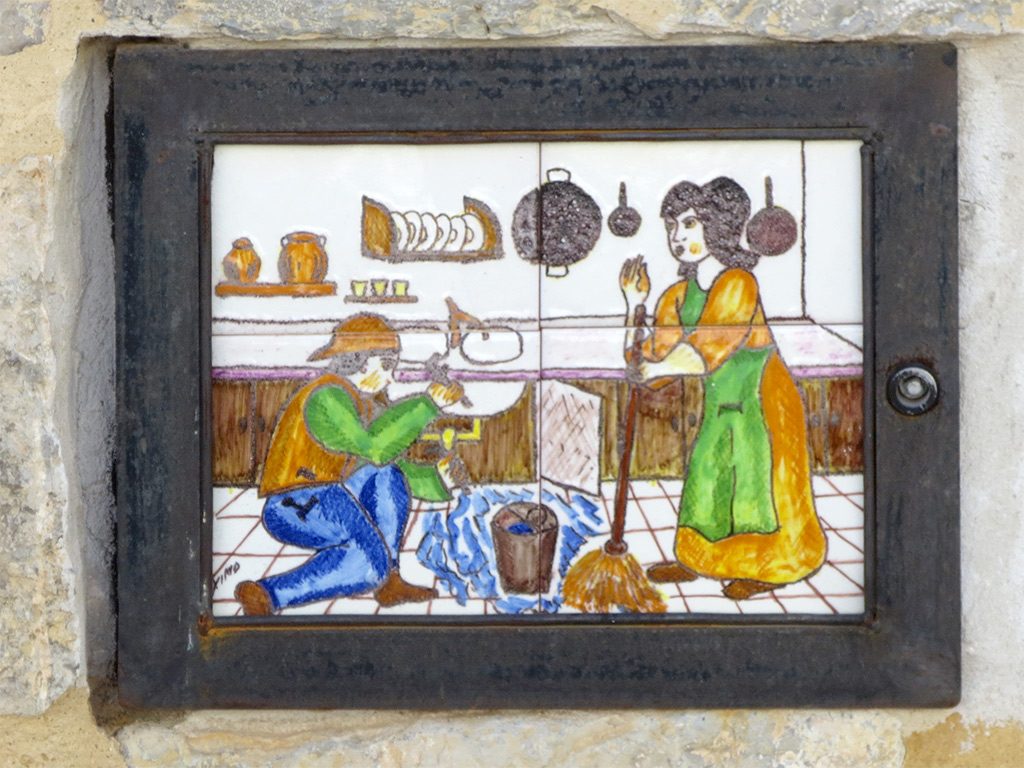
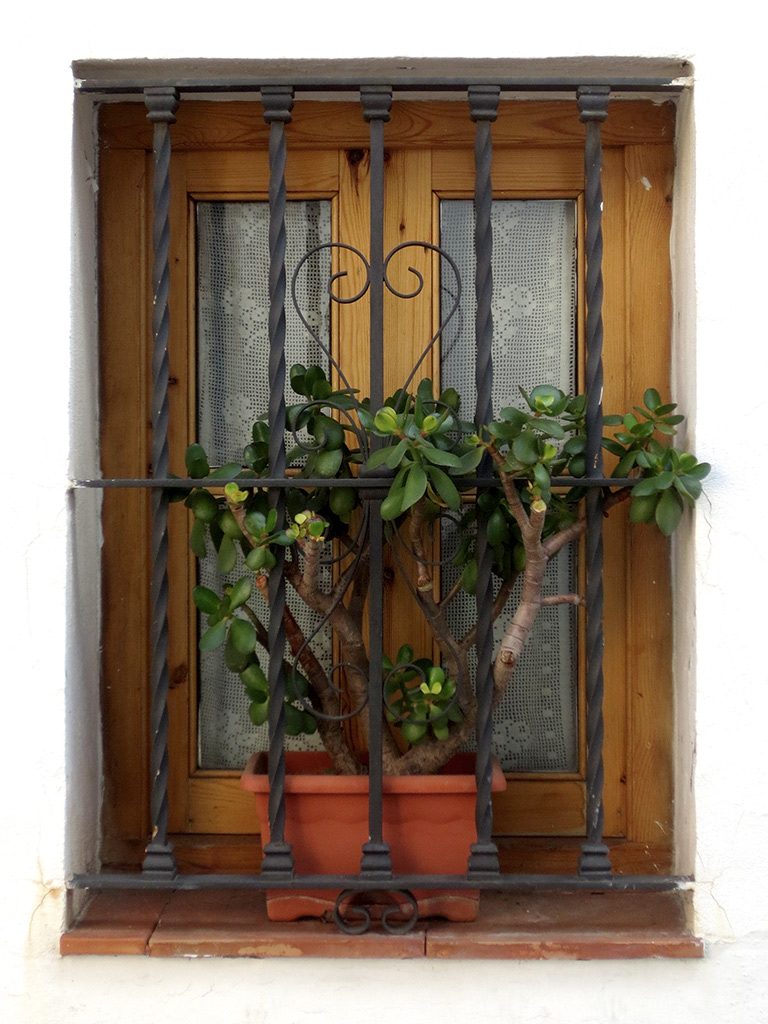
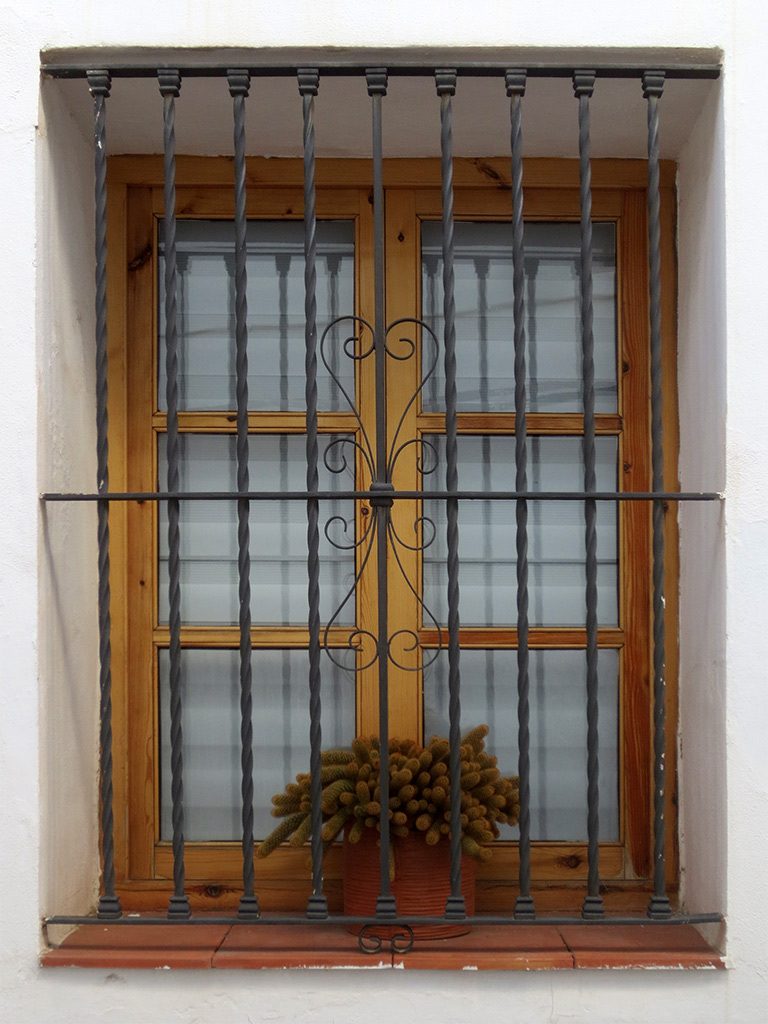
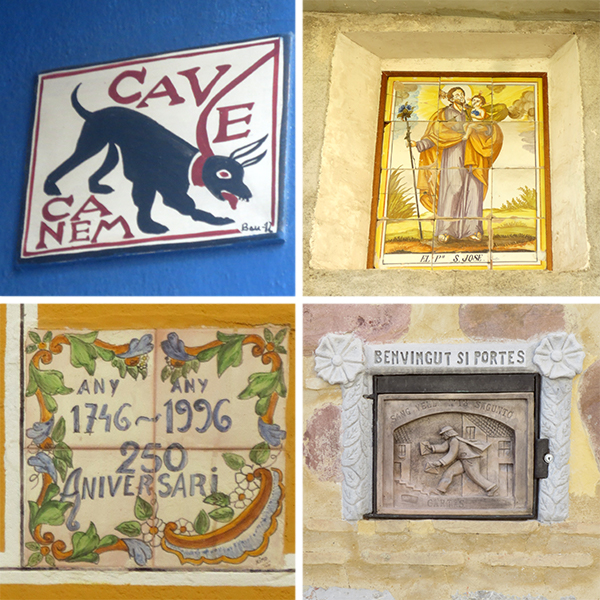
From there, we continued on towards the Roman Theatre and Sagunto Castle.
